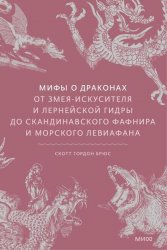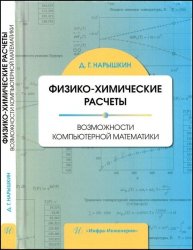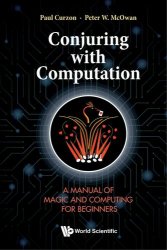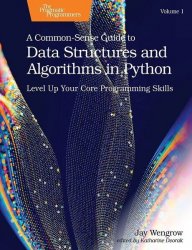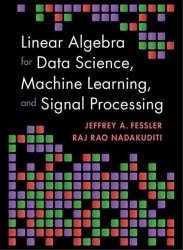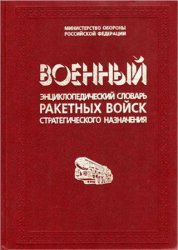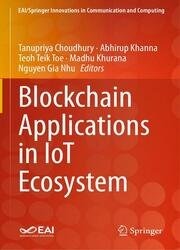 Название: Blockchain Applications in IoT Ecosystem
Название: Blockchain Applications in IoT EcosystemАвтор: Tanupriya Choudhury, Abhirup Khanna
Издательство: Springer
Год: 2021
Страниц: 314
Язык: английский
Формат: pdf (true), epub
Размер: 26.7 MB
This book focuses on the fundamentals of blockchain technology along with the means and methods of its integration with Internet of Things (IoT). The book allows the reader to have a deeper understanding of blockchain technology, IoT and various application areas wherein both technologies can be implemented. The book serves the purpose of providing knowledge about the fundamentals of blockchain and IoT to a common reader along with allowing a research scholar to identify some futuristic problem areas that emerge from the convergence of both technologies. Furthermore, the authors discuss relevant application areas such as smart city, e-healthcare, smart travel, etc. throughout the course of the book. The book also talks through a few case studies illustrating the implementation and benefits of using blockchain and IoT.
Chapter 1 presents an introduction to blockchain technology and emphasises on the basics of smart contacts and popular blockchain platforms. The chapter also discusses the few prominent use cases for blockchain technology. Chapter 2 talks through the amalgamation of blockchain and IoT and discusses the architectural aspects for the same. Chapter 3 deals with explaining the role of blockchain and IoT concerning industry 4.0. It discusses the benefits and challenges of blockchain IoT integration along with popular real-life projects dealing with the same. Chapter 4 presents a detailed illustration of all the consensus algorithms being implemented in the blockchain arena along with their competitive study. Chapter 5 deals with smart contracts and how they can be implemented across different problem areas.Blockchain technology takes existing, proven concepts and merges them together into a single solution.
Chapter 6 explores the fundamentals of how these technologies work and the differences between blockchain approaches. This includes how the participants in the network come to agree on whether a transaction is valid and what happens when changes need to be made to an existing blockchain deployment. Chapter 7 talks through the role of IoT and blockchain technology in creating a secure and transparent drug supply chain. Chapter 8 discusses ways in which IoT and blockchain can contribute towards creating a secure, transparent, economically efficient system for collection and management of patient-centric data in a healthcare environment. Chapter 9 illustrates various blockchain consensus algorithms regarding IoT networks and presents a comparative study among them based on scalability, throughput and security. Chapter 10 discusses the current challenges of IoT networks and presents a solution to them in form of the blockchain SDN integration. Chapter 11 deals with the concept of biometric signatures using blockchain technology for IoT domains.
Chapter 12 explores the concept of digital twins and presents a blockchain-enabled digital twin for IoT-assisted applications. Chapter 13 talks through the security concerns prevailing in current IoT infrastructures and ways in which blockchain can assist in mitigating those risks. Chapter 14 presents a blockchain-based IoT-enabled supply chain model for the agriculture sector. Chapter 15 discusses the area of smart farming in which it talks about IoT-enabled agricultural practices and blockchain-assisted food supply chain. Chapter 16 explores cyber risks associated with smart homes and presents a blockchain-enabled solution for the same. Chapter 17 talks through the fusion of blockchain and edge computing and discusses ways of ensuring secure and reliable data transmissions. Chapter 18 explores the area of retail supply chain and presents a blockchain-enabled retail supply chain management system for local kirana stores. Chapter 19 discusses various application areas of blockchain technology with reference to the travel and tourism industry.
Скачать Blockchain Applications in IoT Ecosystem
[related-news] [/related-news]
Комментарии 0
Комментариев пока нет. Стань первым!



